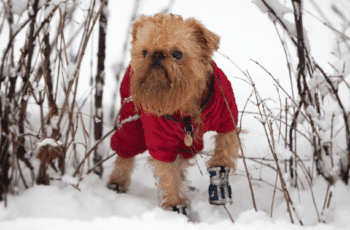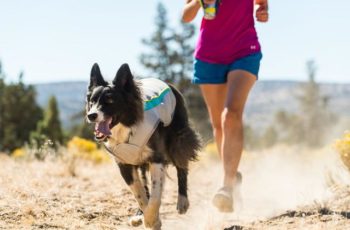It’s important to understand that there is a difference between service dogs and therapy dogs. Service dogs are trained to perform specific tasks for their disabled owners, while therapy dogs provide comfort and companionship to people in hospitals, nursing homes, schools, and other settings. If you’re interested in training therapy dogs, it’s important to know that the job requires patience, compassion, and a deep commitment to helping others.
In addition to having the right personality for the job, it’s also important to have the proper qualifications. Most therapy dog trainers have at least a high school diploma or equivalent. However, some jobs may require additional education or certification. For example, the American Kennel Club (AKC) offers certification programs for professional dog trainers who wish to specialize in teaching obedience or working with specific breeds of dogs. While not required, this type of certification can demonstrate your professional credentials to potential employers and clients.
There are a variety of programs available for professional dog trainers who wish to specialize in teaching obedience or working with specific breeds of dogs. While not required, this type of certification can demonstrate your professional credentials to potential employers and clients. Some popular programs include the Certification Council for Professional Dog Trainers (CCPDT), the National Association of Canine Scent Work (NACSW), and the American Kennel Club’s Canine Good Citizen (CGC) program.
The CCPDT is a widely recognized certifying organization for dog trainers. To become certified, trainers must pass an examination that covers topics such as learning theory, ethics, instruction methods, and safety procedures. The CCPDT also offers continuing education courses for certified trainers. The NACSW is a certifying organization for dog trainers who wish to specialize in scent work training. To become certified, applicants must submit video evidence of their training methods as well as pass an exam covering topics such as learning theory, safety, and ethics. The CGC program is offered by the American Kennel Club and is designed to evaluate a dog’s ability to behave politely in various situations. Dogs who successfully complete the 10-step test receive a certificate and are recorded in the CGC database.
The program is open to all dogs, regardless of breed, age, or size. To participate, dogs must have basic obedience training and be well-socialized. They must also be up-to-date on vaccinations and free of parasites.
The CGC test consists of 10 steps that assess a dog’s ability to sit calmly while being approached by a friendly stranger, walk politely on a leash, come when called, stand calmly for examination, react appropriately to another dog, sit and lie down on command, stay in place while another person moves away from the dog, come when called from behind another person, and calm down after playing with another dog.
Dogs who pass the test earn the title of “Canine Good Citizen.” This designation can help owners find housing and work opportunities that might otherwise be closed to them because their dog does not have an aggressive or violent temperament. The CGC Program is designed to reward dogs who have good manners at home and in the community. The CGC certificate is proof that a dog has completed basic training and demonstrates good behavior around people and other dogs. To earn the CGC title, dogs must pass a ten-step test administered by an AKC Approved Canine Good Citizen Evaluator.
The first step of the test is for the handler to take their dog out on a leash to greet another person, with both owner and stranger standing still. The dog should not show shyness or aggressiveness and should remain calm while being petted by the stranger.
Step two requires the owner to walk away from their dog while another person approaches it, again on a leash, as if they were going to pet it. As before, the dog should not show any aggression or fearfulness and should stand calmly while being approached.
In step three, the handler walks past several people walking in different directions with their dogs off-leash, the handler’s own dog should remain at their side during this.


